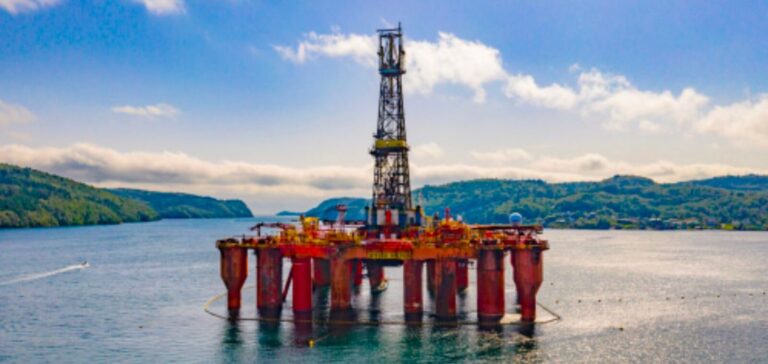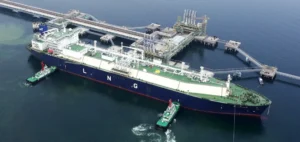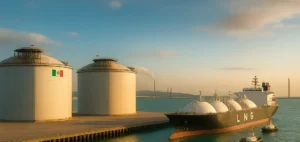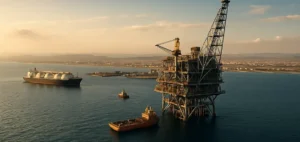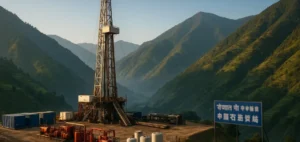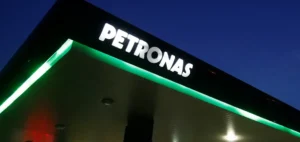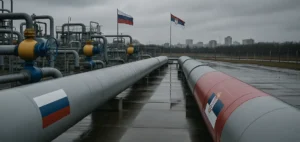Norway’s gas exports to Europe and the United Kingdom remain at a peak in August. Despite high prices in the European market, this five-year high could drop in September due to maintenance work.
Record exports
In August, Norway delivered 9.5 billion m3 of gas. Thus, the Nordic country ships, on average, 306 million m3/d. In addition, exports are at the top of the five-year range for the seventh consecutive month.
However, maintenance work, planned during the month of August, limited exports. Unplanned maintenance work on a number of assets was also affecting supplies. They mainly affected the Kvitebjorn and Troll gas fields and the Kollsnes and Karsto processing facilities.
A favorable context for Norway
Gas supply from Norway remains historically strong. The flows benefit from the measures taken by Equinor and other players. In fact, companies are diverting gas normally used for reinjection to oil recovery.
Prices have been peaking since September 2021 due to supply constraints on Russian gas. Concerns about storage and the surge in prices since the start of the Russian-Ukrainian conflict have accentuated this phenomenon. Finally, the reduction of flows through Nord Stream 1 also contributes to the long-term high prices.
Increased production
Norway is committed to boosting exports to Europe to address the energy crisis. Thus, gas exports by pipeline in the first eight months reached 76.11 billion m3. Compared to last year, Norway recorded an increase of 6 billion m3.
In July, the Norwegian Ministry of Energy said it had approved adjusted production permits for six key fields. In May, Oslo revised its gas production estimates upwards to 122 billion m3. Thus, the high prices provide an incentive to increase gas production on the Norwegian continental shelf by 6%.
A reorientation of deliveries
Gas deliveries from Norway to Germany reached 3.7 bcm in August. This is the highest monthly import level since April. Germany, which is suffering from the reduction of flows through Nord Stream 1, does not have an LNG import infrastructure.
Norway’s deliveries to the UK totalled 2 billion m3 in August. The country recorded a slight decrease compared to the 2.2 billion m3 of July. However, this is the highest level since March.
A competitive market
Supplies to the UK fell from April to June. In fact, UK NBP prices were trading at a less attractive level than on the European continent. The UK market discouraged gas producers from exporting their production to the UK.
Shipments to the Netherlands fall to 1 bcm in August in contrast to its French and Belgian neighbors. Exports to France and Belgium remain stable. Thus, France imported 1.5 bcm and Belgium 1.3 bcm of gas from Norway.

